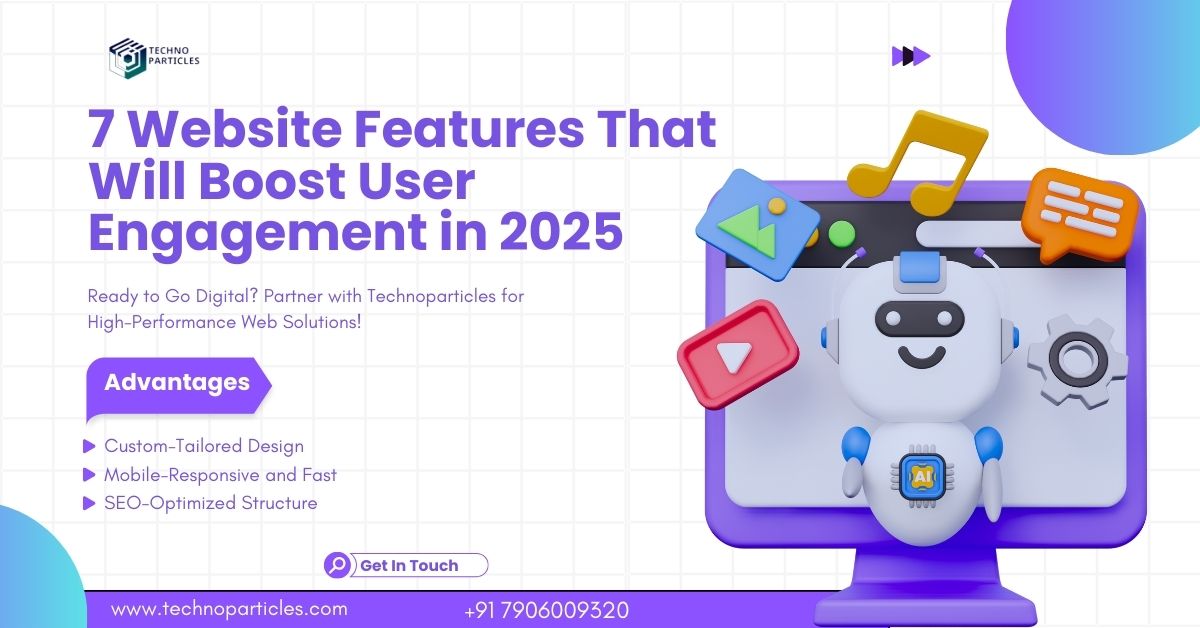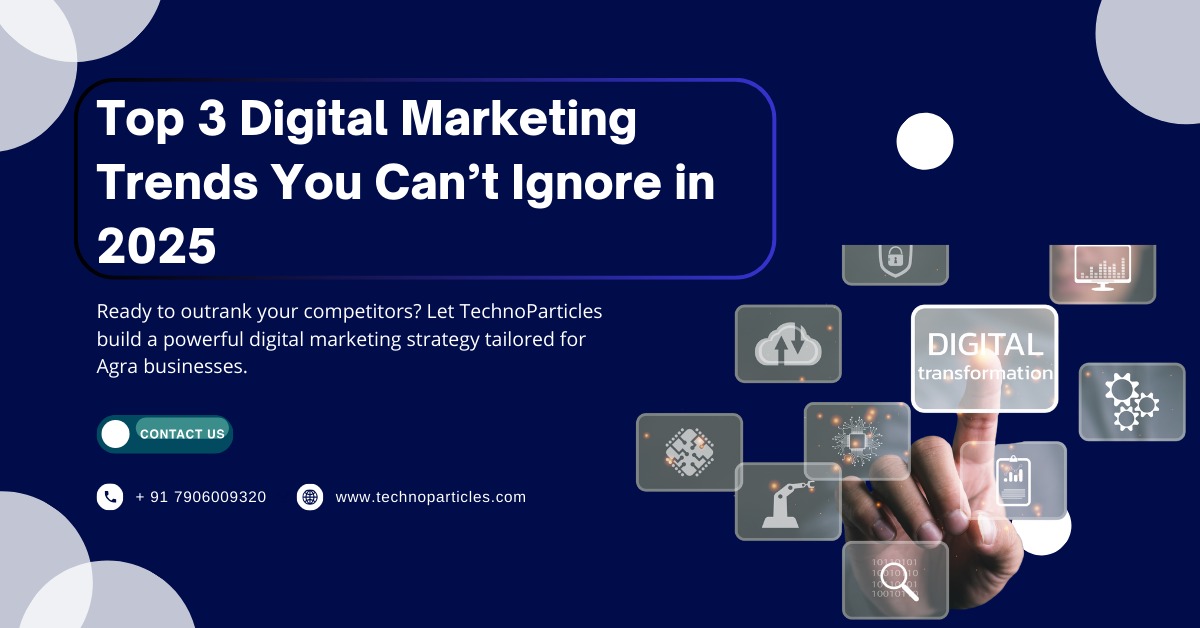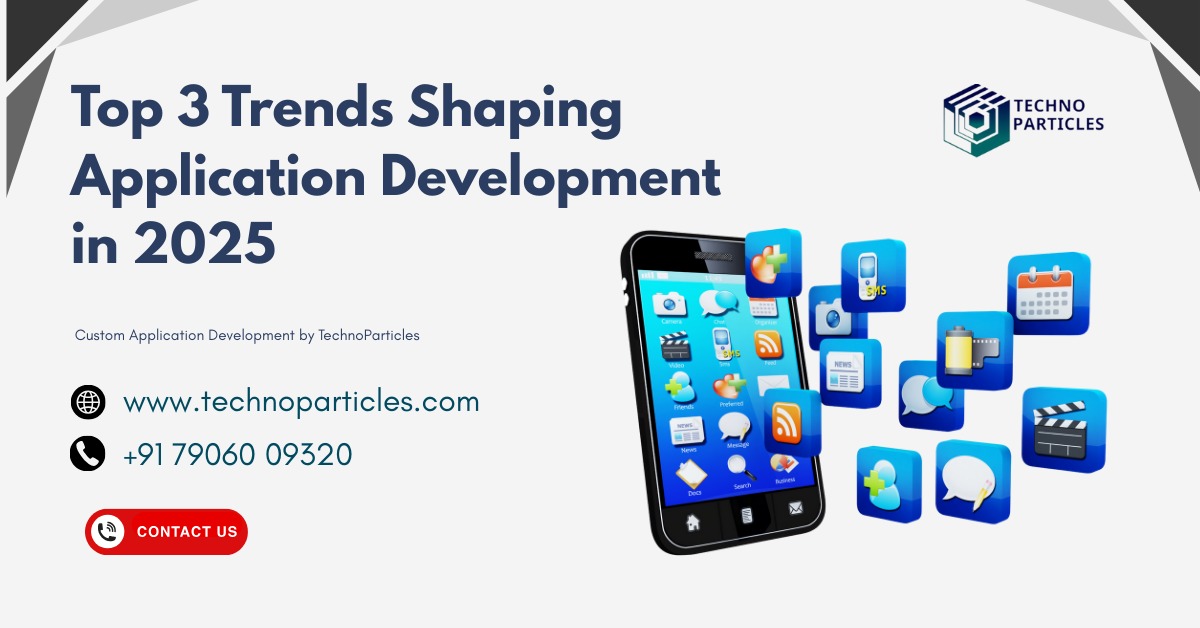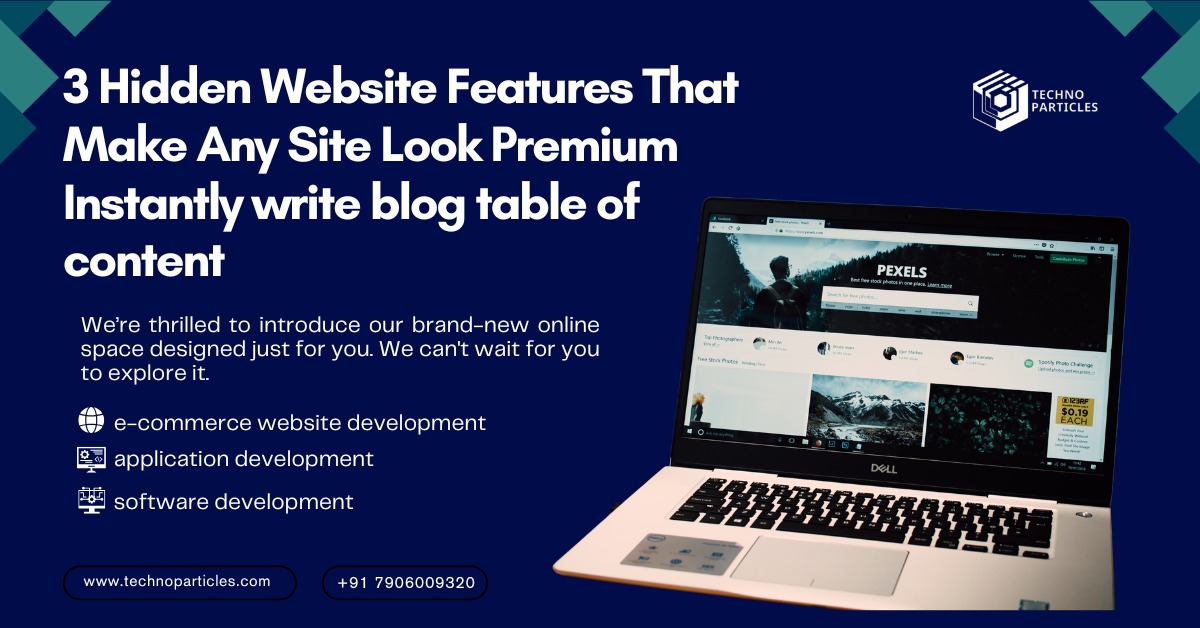Feature 1: AI-Powered Personalization
Personalization is no longer a luxury—it’s an expectation. With AI, brands can now deliver highly relevant experiences that adapt in real-time to each user.
Real-Time Content Customization: AI tools analyze user behavior and preferences to display the right content at the right time. Think Netflix-style feeds tailored uniquely to each user.
Smart Product Recommendations: AI recommendation engines like Vue.ai or Algolia drive better conversions by predicting what the user wants before they even search.
Feature 3: Voice and Chat Interfaces
Users crave convenience—and that means talking instead of typing. Voice and chat interfaces are key for frictionless engagement.
AI Chatbots for 24/7 Support: Modern chatbots like Drift, Intercom, or GPT-based assistants provide instant answers, handle bookings, and guide users like a human would.
Voice Search Optimization: More users are searching via Siri, Alexa, or Google Assistant. Optimizing content for long-tail, natural language queries boosts visibility and accessibility.
Conversational UI for Seamless Navigation: Instead of menus and clicks, voice-driven UIs and chat-based navigation let users complete tasks faster and more intuitively.







Leave a comment